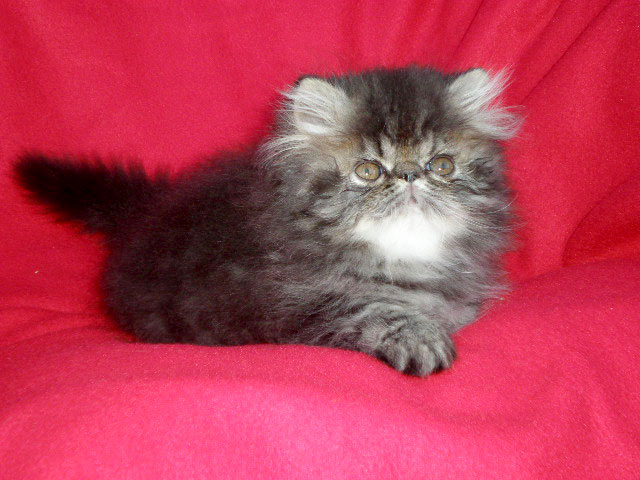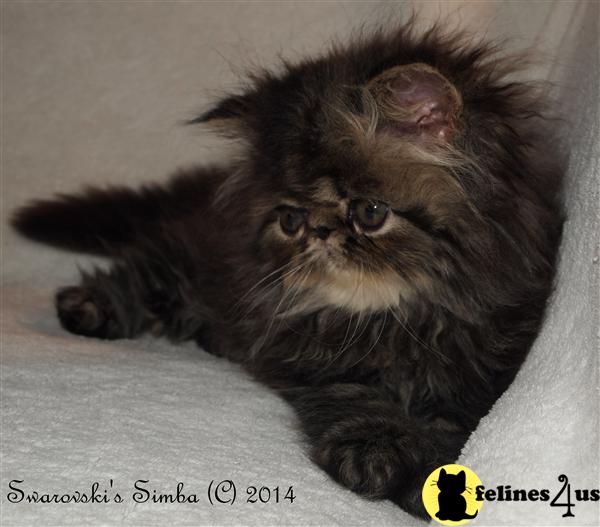

Children are acceptable to the Persian as long as they are content to simply pet him and not drag him around or dress him up. Unlike more athletic cats, they prefer lounging on a sofa to scaling the heights of your bookcase or fireplace mantel. Persians are gentle, quiet cats who like a serene environment and people who treat them kindly. Today the Persian is the most popular cat registered by the Cat Fanciers Association. Traditional Persians do not have as short a face as show Persians and look more like the earlier examples of the breed, but both have the same sweet personality. The result is that the Persian now comes in two types, show and traditional.

Persians have always been bred to have a round head, short face, snub nose, chubby cheeks and a short, cobby body, but over time those features have become exaggerated. They became popular pets in animal-mad Victorian Britain and were seen at the very first cat shows in that country. Persians take their name from the country where they are thought to have originated. The Persian is an old breed, but little is known of its history.The Persian has a long, flowing coat that must be groomed daily.The Persian has a sweet, gentle personality and is a quiet companion.Introduce a kitten to bathing as soon as you bring him home so he will hopefully learn to accept it readily. The Persian needs regular baths to stay clean and sweet-smelling. The long, flowing coat must be combed daily to prevent or remove mats and tangles. Most people carry an image of a white Persian in their heads, but the Persian comes in numerous striking colors and patterns. Persians prefer a serene, predictable environment, but they can be adaptable enough to weather a loud, boisterous family as long as their needs are understood and met. He’s not a jumper or climber, instead posing beautifully on a chair or sofa or playing with a favorite feather toy. He loves to cuddle, but he’s also playful and curious. The Persian is the epitome of a lap cat, with a restful and undemanding personality. He communicates with his expressive eyes and his soft, melodious voice. The Persian’s sweet, gentle face turns up to gaze at his favorite people the way a pansy turns its face to the sun.

Both types have a long, glamorous coat that comes in many colors and patterns, and both share the same wonderful personality. The traditional Persian, also known as the Doll Face, does not have the extreme features of the show Persian, and his nose is a normal length, giving him a sweet expression. The show Persian has a round head enhanced with a thick ruff, small ears, a flat nose, big round copper eyes, a broad, short body with heavy boning atop short tree-trunk legs, and a thick, flowing plume of a tail.

The Persian comes in two types: show and traditional. Little is known about his early history, though. He first came into vogue during the Victorian era, but he existed long before then. The Persian is the most popular pedigreed cat in North America, if not the world. He is high maintenance and he has some health issues, but for many his looks and personality overcome those drawbacks. His beautiful, flowing coat, sweet face and calm personality have combined to make him the most popular cat breed. The Persian is the glamor puss of the cat world.


 0 kommentar(er)
0 kommentar(er)
